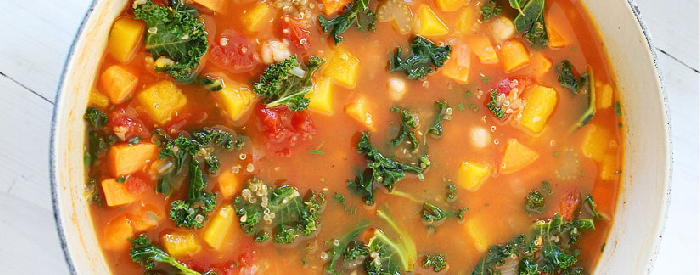FOOD SAFETY TIPS

The bacteria that causes food poisoning multiply quickest in the “Danger Zone” when food temperatures are between 40°F and 140°F. Keeping foods out of the “Danger Zone” by cooling, storing, and reheating safely is an important part of meal prep. Fortunately, many of the steps you take to meal prep are the same steps you’d take to prepare and store food safely!
Cooling Food
It’s important to cool food as rapidly as possible to prevent bacteria growth. Avoid the Danger Zone by dividing large batches of food into shallow or single serving containers, and cut large items such as roasts, and casseroles into smaller portions. Put hot food directly in the refrigerator or freezer after cooking.
Storing Food
Store your meals in airtight containers to keep food fresh and keep bacteria out. According to the USDA, meals can be kept in the refrigerator for 3 to 4 days or frozen for 3 to 4 months. While frozen meals are safe indefinitely if kept at or below 0°F, they will lose moisture and flavor overtime. When you get to work, be sure to store your meal in the refrigerator, or a lunchbox with ice pack. Never leave your lunch in a hot car!
Reheating Food
Whether you use an oven or a microwave, you want to make sure you reheat your food thoroughly. This means bringing your food up to 165˚F or above. Be sure to stir meals in the middle of heating, especially if they are frozen. Frozen meals should not be thawed before reheating in the microwave or oven.
Know When to Throw Food Out
No one wants to waste food, but sometimes being safe is better than being sorry. The USDA has put together a handy Cold Storage Food Chart to help you determine if something is still safe or fresh to eat.
Want to learn more? Visit the USDA’s Safe Food Handling website.
Source: www.foodsafety.gov
